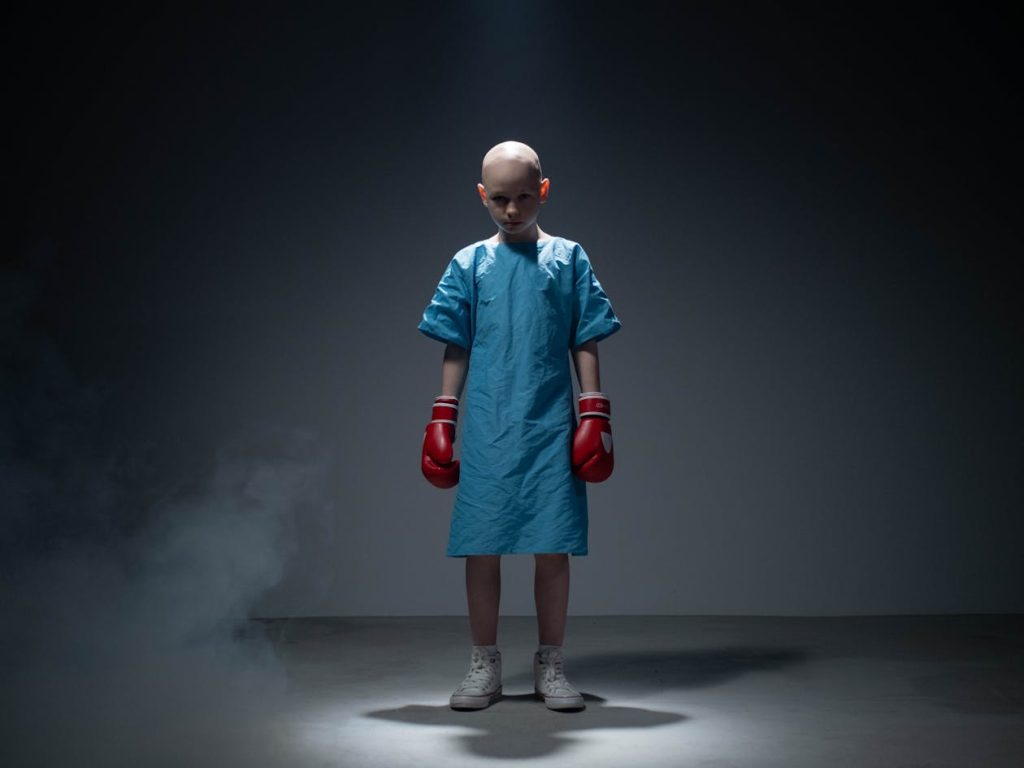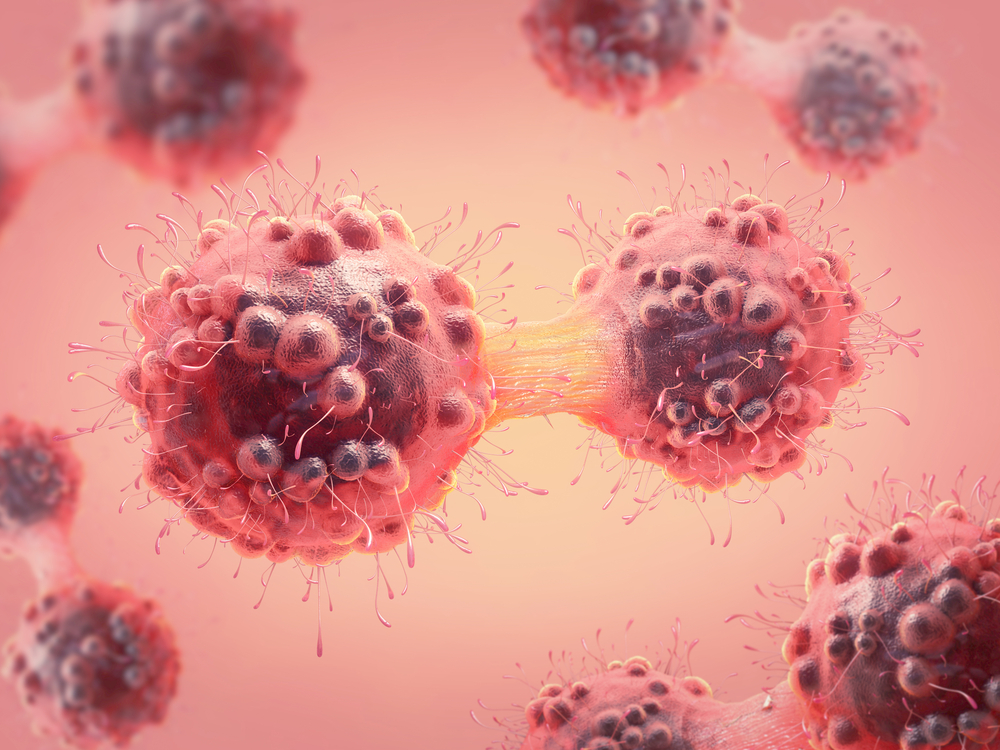Your cart is currently empty!
A 13-Year-Old Boy Becomes the First in History to Be Cured of Terminal Brain Cancer

Dr. Jacques Grill had delivered devastating news to countless families, but telling Lucas’s parents their six-year-old son would die remains etched in his memory. Seven years later, the French oncologist gets emotional for entirely different reasons when he thinks about that Belgian boy who defied medical impossibility.
Something extraordinary happened in those years between diagnosis and today. Medical scans that once showed aggressive cancer consuming brain tissue now reveal nothing but healthy neural matter. A child who received a death sentence became the first person in recorded medical history to achieve something doctors never thought possible.
Lucas Jemeljanova’s story challenges everything the medical community believed about one of childhood cancer’s most ruthless killers. His recovery has sparked a global race to understand how a seemingly hopeless case became a miracle that could change countless other young lives facing the same grim prognosis.
Medical Miracle Defies Death Sentence for Belgian Boy
Cancer diagnoses in children create unimaginable heartbreak, but few pediatric malignancies carry the certainty of death that accompanies diffuse intrinsic pontine glioma. When Lucas received his diagnosis at age six, medical literature offered no cases of survival beyond a few years.
DIPG attacks the brainstem with ruthless efficiency, growing rapidly in areas where surgical removal becomes impossible. Unlike many childhood cancers that respond to established treatments, this particular tumor has resisted every therapeutic approach developed over decades of research.
Lucas’s family faced the reality that their son would likely not see his seventh birthday. Medical professionals had no treatment protocols that offered genuine hope, only palliative care options designed to make his remaining time comfortable.
Belgian healthcare providers connected the family with Dr. Jacques Grill at the Gustave Roussy cancer center in Paris. Grill had dedicated his career to fighting DIPG, understanding both the urgency of the disease and the limitations of available treatments.
Seven years later, Lucas stands as living proof that medical impossibilities sometimes yield to exceptional circumstances. At 13, he carries no trace of the cancer that should have claimed his life years ago.
The Brain Cancer That Almost Always Kills

Diffuse intrinsic pontine glioma represents one of pediatric oncology’s most feared diagnoses. Roughly 300 American children receive DIPG diagnoses annually, with similar numbers affecting families across Europe and other developed nations.
Statistics surrounding DIPG survival rates paint a stark picture of medical limitations. Ninety-eight percent of children diagnosed with this brainstem cancer die within five years, with most succumbing within nine to ten months of initial diagnosis.
Location determines the tumor’s lethality. DIPG develops within the pons, a brainstem region that controls essential functions, including breathing, heart rate, blood pressure, and consciousness. Surgical removal risks immediate death or permanent disability.
Brainstem tumors typically affect children between the ages of five and nine, appearing during developmental periods when brain growth occurs rapidly. Cancer cells exploit normal neural development processes, spreading through healthy tissue with devastating efficiency.
Radiation therapy can sometimes slow tumor progression temporarily, but no pharmaceutical treatments have demonstrated reliable effectiveness against DIPG. Medical teams traditionally focus on symptom management rather than curative interventions.
Desperate Parents Cross Borders for Experimental Treatment
Lucas’s parents, Cedric and Olesja Jemeljanova, refused to accept their son’s death sentence without exploring every possible option. Their search for hope led them across international borders to France, where researchers were launching an experimental trial.
BIOMEDE represented a new approach to DIPG treatment, combining molecular medicine with personalized therapy selection. The trial offered something no previous study had provided: treatment decisions based on individual tumor characteristics rather than one-size-fits-all protocols.
Enrollment in experimental trials requires families to confront difficult realities about uncertain outcomes and potential side effects. Parents must balance hope against the knowledge that clinical trials often fail, potentially subjecting their children to additional suffering.
Cross-border medical care creates logistical challenges, including language barriers, insurance complications, and separation from familiar support systems. Families often exhaust financial resources pursuing treatments unavailable in their home countries.
Lucas became one of the first children enrolled in BIOMEDE, making him part of medical history before anyone understood the significance of his participation.
Revolutionary Trial Uses Personalized Medicine Approach

BIOMEDE distinguished itself from previous DIPG studies through its personalized medicine methodology. Rather than randomly assigning treatments, researchers first analyzed each patient’s tumor to determine optimal therapeutic approaches.
Molecular profiling required extracting tiny tumor fragments through minimally invasive needle biopsies. Laboratory analysis revealed genetic signatures that could predict which medications might prove most effective for individual patients.
Three drugs underwent testing: erlotinib, everolimus, and dasatinib. Each medication targets different cellular pathways involved in cancer growth and survival, providing researchers with multiple therapeutic options.
Two hundred thirty-three children participated in BIOMEDE between 2014 and 2019. Each patient received treatment based on their tumor’s molecular characteristics, representing a significant departure from traditional clinical trial design.
Personalized medicine approaches require sophisticated laboratory infrastructure and genetic analysis capabilities. BIOMEDE demonstrated that individualized treatment selection could be implemented practically within clinical trial frameworks.
Lucas Becomes Super-Responder to Cancer Drug
Molecular analysis of Lucas’s tumor indicated that everolimus might provide therapeutic benefit. The drug blocks mTOR, a protein essential for cancer cell division, growth, and blood vessel formation.
Everolimus prevents cancer cells from reproducing while simultaneously reducing the blood supply to tumor tissue. The FDA had previously approved the medication for treating kidney, pancreas, breast, and brain cancers, though not specifically for DIPG.
“Lucas beat all the odds” to survive his cancer diagnosis, Dr. Grill explained when describing the exceptional response to treatment. Most DIPG patients show initial improvement with any therapy before tumors develop resistance and resume aggressive growth.
Lucas demonstrated an immediate and sustained response to everolimus that exceeded all previous observations in DIPG treatment. His tumor began shrinking rapidly after treatment initiation, with subsequent scans showing continued improvement.
Medical teams monitor cancer patients carefully for signs of treatment resistance or side effects that might require protocol modifications. Lucas’s case required no significant adjustments as his tumor responded consistently to the prescribed regimen.
Tumor Vanishes Completely in Medical First

Serial MRI scans documented Lucas’s tumor regression with precision that allowed researchers to track cancer elimination over time. “Over a series of MRI scans, I watched as the tumor completely disappeared,” Dr. Grill recalled about witnessing unprecedented DIPG treatment success.
Seven other children in the BIOMEDE trial survived significantly longer than typical DIPG patients, earning classification as long responders. However, only Lucas achieved complete tumor elimination that has persisted for years.
Medical teams faced uncertainty about treatment duration since no previous cases provided guidance for managing complete DIPG remission. Stopping therapy too early might allow cancer recurrence, while continuing unnecessarily could cause long-term side effects.
“I don’t know of any other case like him in the world,” Grill admitted when discussing the unique nature of Lucas’s recovery. Medical literature contains no comparable cases of sustained DIPG remission following treatment.
Lucas eventually stopped taking everolimus on his own, revealing to medical teams that he had discontinued therapy independently. His tumor remained undetectable despite ending treatment, confirming a genuine cure rather than temporary remission.
Rare Genetic Mutation Holds Key to Miracle Recovery
Research into Lucas’s exceptional response revealed that his tumor contained extremely rare genetic mutations not found in typical DIPG cases. These cellular abnormalities apparently made cancer cells extraordinarily sensitive to everolimus treatment.
Tumor genetics vary significantly between patients, explaining why identical treatments produce dramatically different outcomes. Most DIPG tumors contain genetic signatures that promote treatment resistance and aggressive growth patterns.
Lucas’s tumor exhibited biological particularities that distinguished it from cancers affecting other trial participants. Molecular analysis identified specific genetic alterations that appeared responsible for exceptional drug sensitivity.
Understanding why certain tumors respond to treatment while others resist therapy requires detailed genetic sequencing and cellular analysis. Lucas’s case provides researchers with crucial data about genetic factors that influence treatment outcomes.
Rare genetic variants occur sporadically in cancer populations, making it difficult to predict which patients might benefit from specific therapies. Lucas’s mutations appeared unique among BIOMEDE participants.
Scientists Race to Unlock Lucas’s Secret

Marie-Anne Debily leads laboratory research aimed at reproducing the cellular conditions that enabled Lucas’s cure. Her team creates tumor organoids, artificially grown masses of cancer cells that mimic patient tumors in laboratory settings.
Organoid technology allows researchers to test multiple treatment approaches without subjecting patients to experimental therapies. Laboratory-grown tumors retain genetic characteristics of original cancers while enabling controlled experimentation.
Debily’s team wants to replicate Lucas’s genetic differences in organoid cultures to determine whether similar cellular changes can be induced artificially. Success would enable testing of drugs designed to create Lucas-like tumor sensitivity.
“Lucas’s case offers real hope,” Debily explained about the potential for translating his unique response into broader therapeutic applications. Laboratory research could identify ways to make other DIPG tumors as vulnerable as Lucas’s cancer proved to be.
Reproducing Lucas’s cellular conditions requires precise genetic manipulation and careful validation of organoid cultures. Research teams must confirm that laboratory models accurately represent patient tumor characteristics.
Hope Emerges for Future DIPG Patients
BIOMEDE results influenced the selection of everolimus as the primary drug for BIOMEDE 2.0, which launched in September 2022. Researchers hope that improved patient selection based on molecular profiling will identify more children likely to respond favorably.
Advanced genetic sequencing technologies enable more detailed tumor analysis than was possible during the original BIOMEDE trial. Enhanced molecular profiling could reveal additional genetic signatures associated with treatment sensitivity.
David Ziegler, a pediatric oncologist at Sydney Children’s Hospital, believes recent advances in DIPG research will soon translate into improved patient outcomes. Increased funding and sophisticated clinical trials are changing the treatment outlook for children with brainstem gliomas.
Laboratory breakthroughs in understanding DIPG biology provide researchers with new therapeutic targets and treatment strategies. Molecular medicine approaches like those used in BIOMEDE represent the future of personalized cancer care.
International collaboration between research centers accelerates progress in rare cancer research. Lucas’s case demonstrates how individual patients can contribute to scientific advances that benefit future generations of children facing similar diagnoses.
Long Road Ahead for Treatment Development

Translating laboratory discoveries into approved medications requires extensive testing through multiple phases of clinical trials. Drug development typically consumes 10-15 years from initial laboratory findings to widespread clinical availability.
Regulatory approval processes ensure that new treatments meet safety and efficacy standards before reaching patients. While thorough evaluation protects patient welfare, lengthy timelines mean that current DIPG patients cannot benefit from treatments still under development.
Pharmaceutical companies must invest substantial resources in developing medications for rare cancers like DIPG. Limited patient populations make it challenging to recoup development costs, which can sometimes discourage investment in orphan disease research.
Academic medical centers and government funding agencies play essential roles in supporting research into rare pediatric cancers. Public investment often drives early-stage research that pharmaceutical companies later develop into commercial treatments.
Lucas’s case provides proof of concept that DIPG can be cured under specific circumstances. His recovery validates continued investment in research aimed at understanding and treating this devastating childhood cancer.
Medical Team Processes Unprecedented Success
Dr. Grill and his colleagues had no precedent for managing a patient achieving complete DIPG remission. Medical protocols exist for treating active cancer, but not for monitoring patients who have been cured of historically fatal diseases.
Determining when to stop cancer treatment requires balancing the risks of recurrence against the potential long-term side effects from continued therapy. Lucas’s case forced medical teams to make decisions without guidance from previous successful cases.
The emotional impact on healthcare providers who regularly deliver terminal diagnoses cannot be underestimated. Witnessing Lucas’s recovery provided inspiration and renewed hope for medical teams accustomed to losing young patients to DIPG.
Lucas’s cure validates years of research investment and experimental treatment development. His success demonstrates that continued scientific investigation can eventually overcome even the most challenging medical obstacles.
